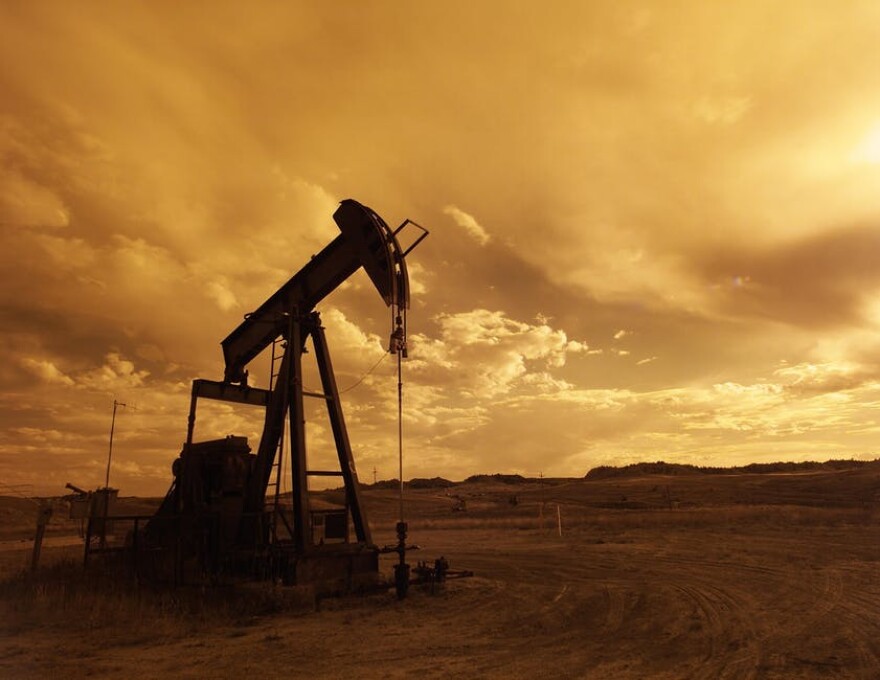In the 2015 Legislative session, lawmakers lowered the oil extraction tax from 6 percent to 5 percent.
But that bill contains a trigger – if the price of oil would be over $90 per barrel for three consecutive months, then the tax would go back to 6 percent. There is a factor – as calculated by the state tax commissioner – that takes into account the Prodcuer Price Index for industrial commodities.
"Right now, that factor is approximately 1.05, which sets the trigger price for the calendar year of 2022 to $94.69 per barrel," said Tax Commissioner Brian Kroshus. "It's something to look at and watch for in March, April and May."
Kroshus said the earliest this could happen would be June.
So – what would it mean to state revenues if the extraction tax would be back at 6 percent?
"It equates to about $19 million," Kroshus said.
North Dakota mineral resources director Lynn Helms said oil companies are not concerned – at this point – about that potential “trigger.”
"Their plan is to treat the basin as a mature 'cash cow,' and to march forward with 30 to 40 drilling rigs, and keep production flat, or maybe on a very slow incline plane," Helms said. He said the companies could take advantage of other exemptions, such as are allowed for enhanced oil recovery and flare mitigation.
If the price later falls below the $94.69 level for three consecutive months, the extraction tax would be back at 5 percent.




